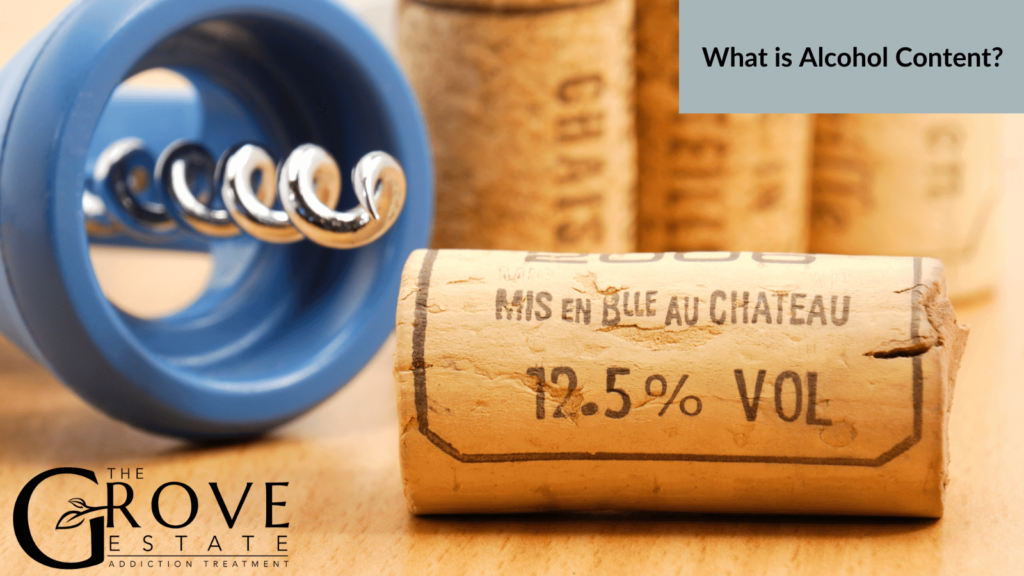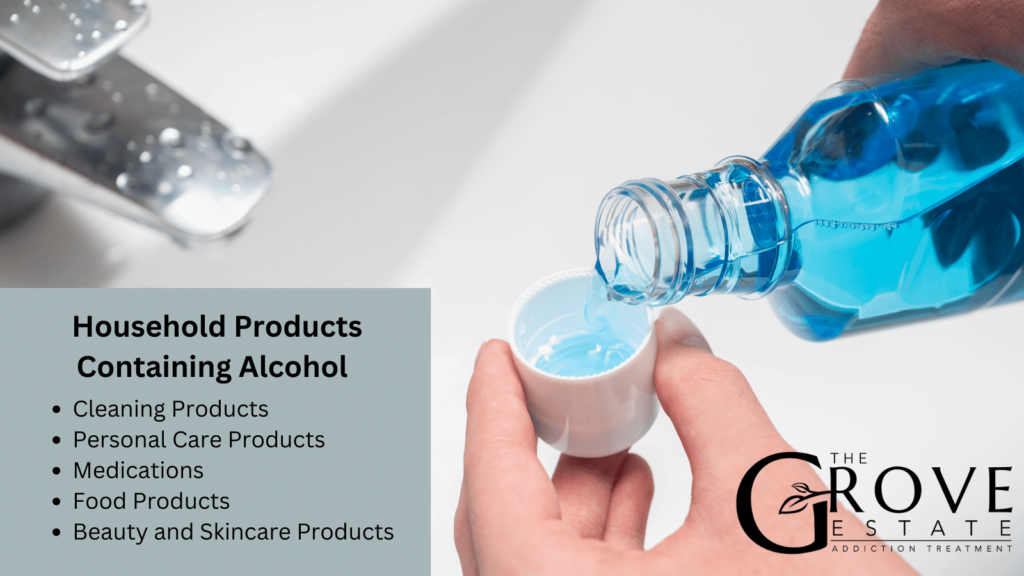Alcohol has been a staple of human culture for thousands of years, with each type offering a unique taste, history, and cultural significance. From the ancient brews of Mesopotamia to the modern-day craft beer revolution, the diversity of alcoholic drinks is vast and varied. According to the World Health Organization, global alcohol consumption in 2019 averaged 6.4 liters of pure alcohol per person aged 15 years and older. This reflects the widespread prevalence and variety of alcoholic beverages consumed worldwide.

What are the Various Types of Alcoholic Beverages?
Alcoholic beverages can be broadly classified into several categories based on the method of production, ingredients, and alcohol content. Here’s an overview of the primary types and their defining characteristics:
- Beer: Made from fermented grains like barley, wheat, and corn, beer is one of the oldest and most widely consumed alcoholic beverages. It ranges from light lagers to dark stouts, with varying levels of bitterness, alcohol content, and flavors influenced by the type of yeast and brewing process.
- Wine: Produced through the fermentation of grapes or other fruits, wine varies significantly in taste, color, and alcohol content. The two main categories are red and white wine, with rosé and sparkling varieties also popular. The flavor and characteristics of wine are deeply influenced by the grape variety, terroir, and winemaking techniques.
- Spirits (Liquors): Spirits are distilled beverages with a higher alcohol content compared to beer and wine. Common types include vodka, whiskey, rum, gin, tequila, and brandy. Each spirit has distinct production methods, ingredients, and flavor profiles, often consumed neat, on the rocks, or as part of mixed drinks.
- Ciders and Perry: Made from the fermented juice of apples (cider) or pears (perry), these beverages offer a range of sweet to dry flavors and are often seen as a middle ground between beer and wine in terms of alcohol content and taste profile.
- Fortified Wines: These are wines to which a distilled spirit, usually brandy, is added during or after fermentation, increasing the alcohol content. Examples include port, sherry, vermouth, and madeira, each with unique production methods and flavor nuances.
- Liqueurs: Also known as cordials, liqueurs are sweet spirits infused with fruits, herbs, spices, flowers, or nuts. They are usually consumed in small quantities due to their strong, sweet, and rich flavors and are often used in cocktails to add depth and complexity.
What is the Difference Between Distilled and Undistilled Alcohol?
The primary difference between distilled and undistilled alcohol lies in the production process and the resulting alcohol content.
Distilled Alcohol:
Distillation involves heating a fermented liquid to create vapor and then condensing that vapor back into liquid form. This process separates alcohol from water and other components, resulting in a beverage with a higher alcohol concentration. Distilled alcoholic beverages, or spirits, include:
- Vodka: A clear spirit, typically with a neutral flavor, distilled multiple times for purity.
- Whiskey: Made from fermented grain mash, aged in wooden barrels, and known for its rich, complex flavors.
- Rum: Derived from sugarcane byproducts, like molasses, with a sweet and fruity profile.
- Gin: Flavored with juniper berries and other botanicals, offering a range of herbal and floral notes.
Undistilled Alcohol:
Undistilled, or fermented, alcohol is produced by fermenting sugars from fruits, grains, or other sources into alcohol and carbon dioxide. These beverages have a lower alcohol content compared to distilled spirits. Examples include:
- Beer: Brewed from malted barley and flavored with hops, offering a spectrum from light to robust flavors.
- Wine: Made by fermenting grapes, with variations like red, white, rosé, and sparkling wines, each with distinct flavors based on grape variety and aging process.
- Cider: Fermented apple juice, ranging from sweet to dry, with a fruity and sometimes tangy flavor.
The key distinction is that distilled beverages undergo a process that increases their alcohol content and alters the flavor profile, while undistilled beverages retain the original essence of the fermented base ingredient, resulting in a lower alcohol content and a taste more reflective of the original fermentable material.

What is Alcohol Content and How Does it Compare in Various Drinks?
Alcohol content, or alcohol by volume (ABV), measures the amount of ethanol (alcohol) present in a beverage as a percentage of total volume. This percentage varies significantly across different types of alcoholic drinks, reflecting their production processes and consumption methods.
Overview of Alcohol Content in Various Drinks:
- Beer: Typically has an ABV ranging from 3% to 10%, with most beers around 4% to 6%. Light beers are on the lower end, while strong ales and lagers can have higher alcohol content.
- Wine: Generally contains 9% to 16% ABV, with table wines averaging around 12% to 14%. Fortified wines, like port or sherry, have higher alcohol levels, often between 17% and 20%, due to the addition of distilled spirits.
- Spirits: Have the highest alcohol concentration, usually between 35% and 50% ABV, with some spirits like cask-strength whiskey or overproof rum exceeding 50% or even 60%.
- Ciders and Perry: These tend to have alcohol content similar to beer, usually around 4% to 8% ABV.
- Liqueurs: Although potent, liqueurs have a wide range of alcohol content, typically between 15% and 30% ABV, due to the addition of sugars and flavorings.
Comparison of Alcohol Content:
- Beer vs. Wine: Beer generally has a lower alcohol content than wine. A standard serving of beer (12 oz) has less alcohol than a standard serving of wine (5 oz), reflecting their respective ABVs.
- Wine vs. Spirits: Wine has a higher alcohol content than beer but is significantly lower in alcohol compared to spirits. A small serving of spirits (1.5 oz) can contain the same amount of alcohol as a larger serving of wine.
- Spirits vs. Beer/Wine: Spirits are much more concentrated in alcohol content, meaning a small volume carries a large amount of alcohol compared to beer or wine.
Understanding alcohol content is essential for responsible drinking, as it helps individuals gauge the amount of alcohol they consume in different types of beverages.
What is the Chemistry Behind Alcoholic Beverages?
At the core of alcoholic beverages is ethanol (ethyl alcohol), the type of alcohol safe for human consumption. It is produced through the fermentation of sugars by yeast. Methanol (wood alcohol) and isopropanol (rubbing alcohol) are other types of alcohol that are toxic to humans and not found in consumable alcoholic drinks. Ethanol’s chemical structure allows it to be water-soluble and capable of altering mood and physiological processes when ingested, defining the essence of alcoholic beverages.
What Type of Drug Is Alcohol?
Alcohol is classified as a depressant because it slows down the central nervous system, reducing alertness and inhibiting bodily functions. As a drug, it fits into the category of psychoactive substances due to its ability to alter mood, cognition, and behavior. The depressant nature of alcohol can lead to relaxation and sedation, but also to impaired judgment and coordination when consumed in larger quantities.
What is a Standard Drink and Serving Size?
A standard drink is a measure used to quantify alcohol consumption, representing the amount of alcohol contained in different types of beverages. In the United States, a standard drink contains about 14 grams of pure alcohol, which equates to:
- 12 ounces of beer (about 5% alcohol by volume)
- 5 ounces of wine (about 12% alcohol by volume)
- 1.5 ounces of distilled spirits (about 40% alcohol by volume)
Understanding what constitutes a standard drink helps in measuring alcohol consumption responsibly, allowing individuals to track their intake and stay within recommended limits to reduce health risks and impairment.

What is The Role of Alcohol in Social and Cultural Contexts?
Alcohol holds a significant place in many social and cultural contexts, serving as a central element in celebrations, rituals, and social gatherings across various cultures. Its role extends beyond mere consumption, often symbolizing hospitality, festivity, and communal bonding.
In many societies, drinking practices are steeped in tradition, with specific norms governing when, how, and what types of alcohol are consumed. For example, wine plays a crucial role in religious ceremonies in some cultures, while in others, sake or distilled spirits are integral to traditional rites and celebrations.
Social norms around drinking vary widely, influencing behaviors such as toasting, the acceptable age for alcohol consumption, and the social settings in which alcohol is consumed. These practices and norms not only reflect the historical and cultural heritage of a community but also shape the social dynamics and relationships within it, underscoring alcohol’s multifaceted role in human society.
What are the Health Risks Associated with Different Types of Alcohol?
The health risks associated with different types of alcohol depend largely on the quantity and frequency of consumption, rather than the specific type of beverage. However, all alcoholic drinks contain ethanol, which can have harmful effects on the body when consumed in excess. These risks include liver damage, heart disease, increased risk of certain cancers, and neurological effects such as cognitive impairment and dependency.
The type of alcohol can influence consumption patterns; for example, spirits are more concentrated and may lead to quicker intoxication compared to beer or wine. Additionally, additives and by-products in various alcoholic beverages might contribute to different health outcomes.
Responsible drinking is crucial to mitigate these health risks. It involves understanding standard drink sizes, adhering to recommended daily and weekly alcohol limits, and being aware of situations where drinking should be avoided, such as during pregnancy or when taking certain medications. Moderation and awareness are key to reducing the adverse health effects associated with alcohol consumption.
Is Alcohol a Gateway Drug?
The gateway drug theory posits that alcohol use may lead to the consumption of more dangerous drugs. However, the debate continues, with some arguing that environmental and social factors are more influential in the progression to harder drugs. Research is divided; while some studies suggest a link between early alcohol use and later drug abuse, others point to genetics or peer influence as stronger predictors.

What Types of Alcohol are in Everyday Products?
Various everyday products may contain alcohol, including:
- Cleaning Products: Many household cleaners, disinfectants, and sanitizers contain alcohol as a key ingredient for its antimicrobial properties.
- Personal Care Products: Items such as mouthwash, hand sanitizers, perfumes, and aftershaves often contain alcohol for its antiseptic or fragrance-enhancing properties.
- Medications: Some over-the-counter and prescription medications, such as cough syrups and mouth rinses, may include alcohol for solubility or as a preservative.
- Food Products: Certain food items, like vanilla extract, cooking wines, and sauces, may contain alcohol for flavoring purposes.
- Beauty and Skincare Products: Cosmetics like toners, astringents, and makeup removers may contain alcohol for its drying or cleansing effects.
It’s essential for consumers to be aware of alcohol’s presence in non-drinkable products, especially for those sensitive to alcohol or individuals avoiding its consumption for religious or health reasons. Reading labels and understanding product ingredients can help make informed choices about the products we use in daily life.
What alcohol is 12?
The term “alcohol 12” is often used to refer to ethyl alcohol, also known as ethanol. Ethanol is the type of alcohol found in alcoholic beverages and is characterized by its intoxicating properties when consumed.
What are the top 10 strongest alcohols?
The top 10 strongest alcohols typically include high-proof spirits such as absinthe, Everclear, Bacardi 151, Spirytus, Devil’s Springs Vodka, Balkan Vodka, Pincer Vodka, and some types of moonshine. These beverages have significantly higher alcohol content compared to regular liquors.
What are the six main types of alcohol?
The six main types of alcohol commonly encountered are ethanol, methanol, propanol, butanol, pentanol, and hexanol. Among these, ethanol is the type of alcohol used in alcoholic beverages for consumption.
What are the top 5 alcohols?
The top 5 alcohols typically refer to the most commonly consumed alcoholic beverages, namely beer, wine, vodka, whiskey, and rum. These beverages vary in taste, alcohol content, and production methods.
How does alcohol content vary among different types of alcoholic beverages?
Alcohol content, measured as alcohol by volume (ABV), varies significantly across different types of alcoholic beverages. This variability is a result of the production process, where fermentation and distillation play key roles. For example, beers typically have an ABV ranging from 3% to 12%, wines from 9% to 16%, and spirits from 20% to over 50%. Understanding the ABV of different beverages is crucial for responsible drinking, as it helps gauge how much alcohol one is consuming.
For those concerned about the impact of alcohol consumption on health, particularly the risk of alcohol withdrawal seizures causes, it’s important to be aware of the ABV in various drinks. This knowledge can inform choices about what and how much to drink, contributing to safer consumption patterns.
What are the health benefits and risks of moderate alcohol consumption?
Moderate alcohol consumption is often cited for its potential health benefits, including reduced risk for certain heart diseases and type 2 diabetes, according to some studies. However, it’s essential to understand that these benefits can vary based on individual health factors, types of alcohol consumed, and the definition of “moderate” drinking, which typically means up to one drink per day for women and up to two drinks per day for men.
On the flip side, it’s also critical to recognize the health risks associated with even moderate alcohol consumption. These can include an increased risk of breast cancer, liver disease, and other conditions. Moreover, for individuals in specific professions, understanding these risks and seeking appropriate support, such as through rehab for professionals, is key to maintaining both personal health and professional responsibilities.

Share This Post



